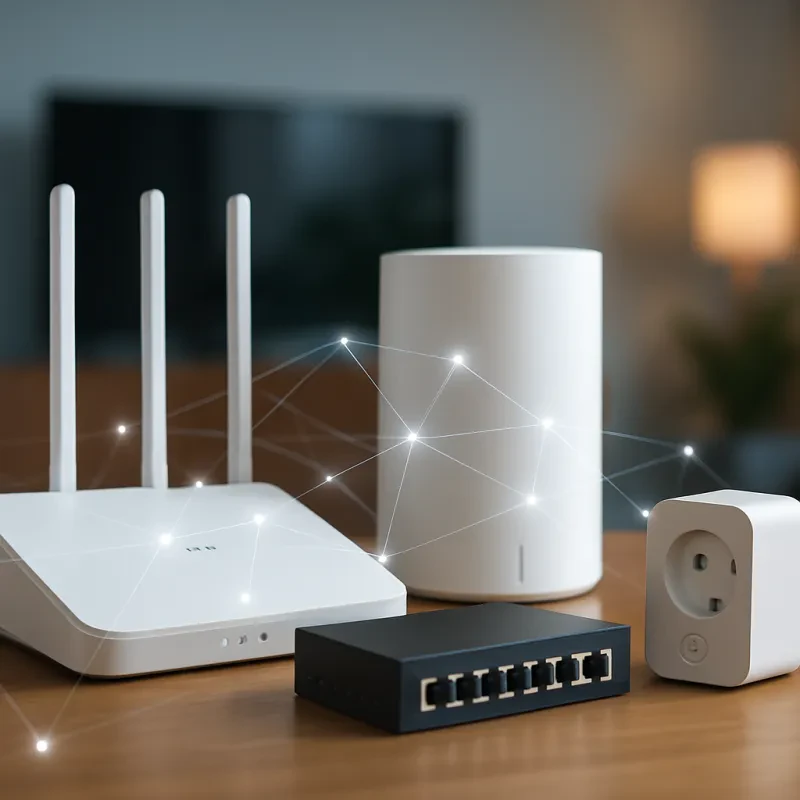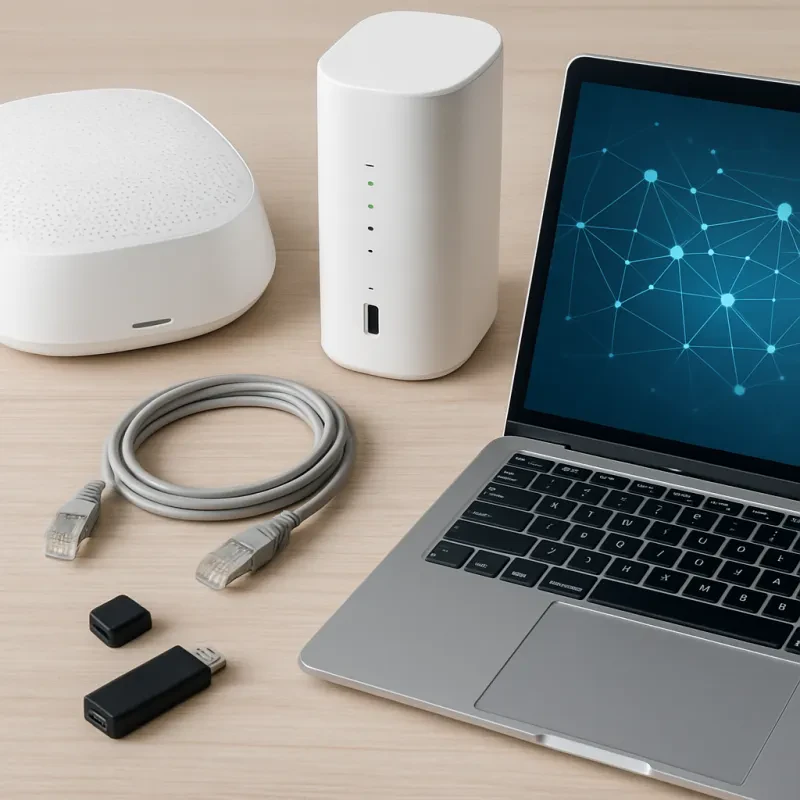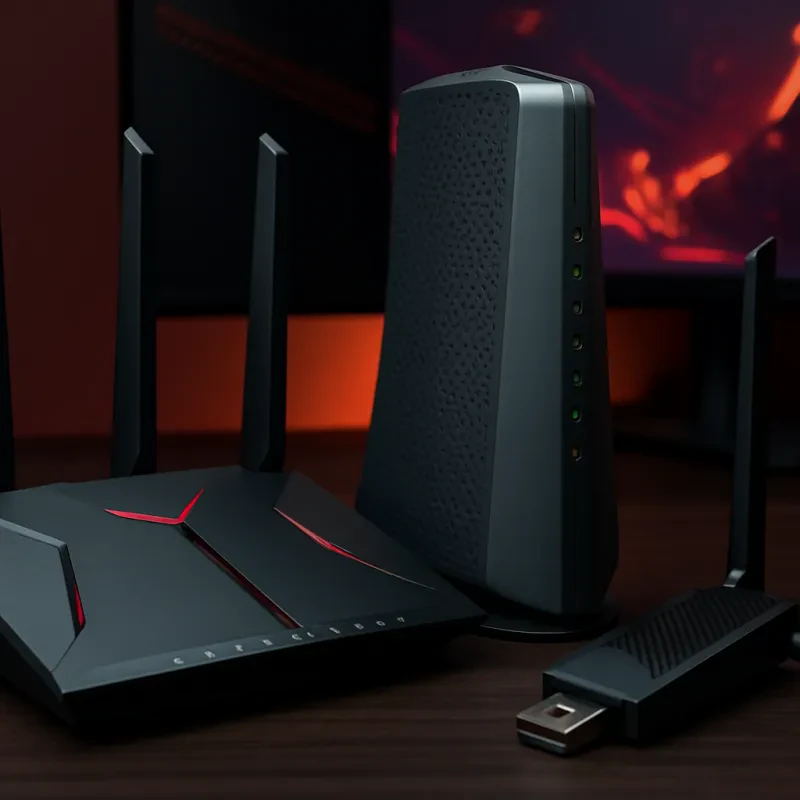Network-Attached Storage (NAS) is a type of storage device that connects to a network, allowing multiple users or devices to access and share data simultaneously. Think of it as a personal cloud storage system that you can access from anywhere within your network. NAS devices are perfect for homes or small businesses looking to centralize their data storage and access it easily.
One of the key benefits of NAS is its ability to provide a centralized storage solution for all of your devices – whether it be laptops, desktops, smartphones, or tablets. This is particularly useful for families or small businesses with multiple users who need to access the same files and documents. With NAS, you can store all your important data in one place and access it from any device within your network.
Setting up a NAS is relatively simple and straightforward – all you need to do is connect it to your network and configure the necessary settings. Most NAS devices come with user-friendly interfaces that make it easy to upload, download, and organize your data. You can also set up permissions to control who has access to which files, ensuring the security and privacy of your data. Overall, NAS is a cost-effective and convenient solution for managing your data and making it easily accessible to all authorized users.
Setting Up Your NAS System
First things first, before diving into setting up your NAS system, you'll need to carefully choose the right NAS device for your needs. Consider factors such as storage capacity, number of drive bays, file sharing capabilities, and data protection features. Once you have your NAS device in hand, the next step is to physically set it up. Find a suitable location for your NAS, ensuring it has proper ventilation and is placed in a secure area.
Next, connect the NAS to your home network using an Ethernet cable. Make sure to power on the NAS device and follow the manufacturer's instructions for initializing the system. This usually involves accessing the NAS user interface via a web browser and running through a simple setup wizard. During this process, you'll be prompted to create a user account and password for accessing the NAS interface. Make sure to choose a strong password to protect your data.
After setting up the basic configuration of your NAS system, you can start customizing it to meet your specific needs. This may involve creating shared folders for storing files, setting up user permissions, installing apps for additional functionalities, and configuring automatic backups. Take your time to explore all the options and features available on your NAS device to optimize its performance and ensure smooth operation. Enjoy the convenience of having your own personal cloud storage solution at your fingertips!
Understanding NAS Security Features
Network-attached storage (NAS) devices offer a convenient and efficient way to store and access data across a network. However, as with any device connected to a network, it is important to ensure that your NAS is secure to protect your data from unauthorized access or cyber threats. Fortunately, NAS devices come with a variety of security features to help safeguard your data.
One common security feature found in NAS devices is user authentication. This allows you to control who has access to your data by setting up usernames and passwords. By assigning specific permissions to each user, you can ensure that only authorized individuals can view or modify your files. Some NAS devices also support multi-factor authentication, adding an extra layer of security by requiring additional verification steps, such as a security code sent to your phone.
Another important security feature to look out for is data encryption. Encryption protects your data by converting it into a secret code that can only be accessed with the correct encryption key. This helps to prevent unauthorized users from viewing or tampering with your files. Many NAS devices offer both encryption at rest, which protects your data while stored on the device, and encryption in transit, which safeguards your data as it is transferred across the network.
In addition to user authentication and data encryption, some NAS devices also offer advanced security features such as antivirus scanning and intrusion detection. Antivirus scanning helps to detect and remove any malware or viruses that may be present in your data, while intrusion detection alerts you to any suspicious activity on your network. By utilizing these security features, you can protect your data and ensure the integrity of your NAS system.
NAS Maintenance Tips for Beginners
So you've taken the plunge and purchased a Network Attached Storage (NAS) system for your home or small business. Congratulations! Now it's time to make sure you keep it running smoothly and efficiently. Here are some basic maintenance tips to help you get started:
1. Regularly update your NAS system's firmware. Just like any other electronic device, NAS systems receive occasional updates from the manufacturer to fix bugs, improve performance, and enhance security. Make sure to check for firmware updates regularly and apply them as needed to keep your system up to date.
2. Backup your data regularly. While NAS systems are designed to protect against data loss, it's always a good idea to have an additional backup of your important files. Use an external hard drive, cloud storage service, or another NAS system to regularly backup your data and ensure you don't lose anything in case of a system failure.
3. Keep an eye on your NAS system's storage capacity. Running out of storage space can impact the performance of your system and lead to potential data loss. Monitor your system's storage capacity regularly and consider adding additional hard drives or expanding your current storage configuration as needed.


